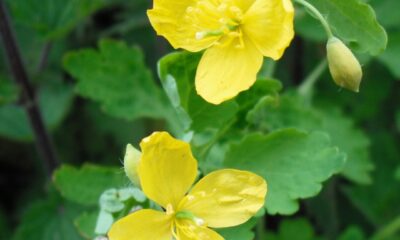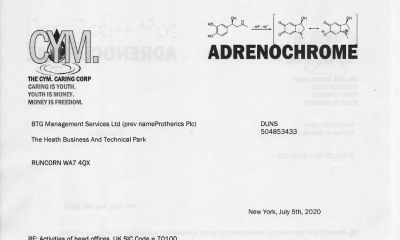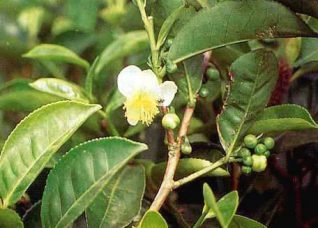. doi: 10.1007/s40199-020-00348-7
. Published online 2020 May 5
Surya P. Singh,1Sanjay Kumar,2Sivapar V. Mathan,2Munendra Singh Tomar,1Rishi Kant Singh,1Praveen Kumar Verma,1Amit Kumar,1Sandeep Kumar,1Rana P. Singh,2 and Arbind Acharya
Abstract
Introduction
Papaya (Carica papaya Linn.) belongs to the family Caricaceae and is well known for its therapeutic and nutritional properties all over the world. The different parts of the papaya plant have been used since ancient times for its therapeutic applications. Herein, we aimed to review the anticancer, anti-inflammatory, antidiabetic and antiviral activities of papaya leaf.
Methods
All information presented in this review article regarding the therapeutic application of Carica papaya leaf extract has been acquired by approaching various electronic databases, including Scopus, Google scholar, Web of science, and PubMed. The keywords Carica papaya, anticancer, anti-inflammatory, immunomodulatory, and phytochemicals were explored until December 2019.
Results
The papaya plant, including fruit, leaf, seed, bark, latex, and their ingredients play a major role in the management of disease progression. Carica papaya leaf contains active components such as alkaloids, glycosides, tannins, saponins, and flavonoids, which are responsible for its medicinal activity. Additionally, the leaf juice of papaya increases the platelet counts in people suffering from dengue fever.
Conclusion
The major findings revealed that papaya leaf extract has strong medicinal properties such as antibacterial, antiviral, antitumor, hypoglycaemic and anti-inflammatory activity. Furthermore, clinical trials are needed to explore the medicative potential of papaya leaf.
Introduction
Plants and plant-based products have been employed to prevent various human diseases since ancient times. Overall, approximately 80% population of the world depends directly on plants for the primary health care [1]. In India, about 45,000 plant species have been reported to possess medicinal properties [2]. Natural product or compounds isolated from the plant have shown a major advantage over synthetic drugs such as cost-effective, easy availability and show negligible side effects [3]. Numerous studies have published the use of medicinal plants for the management of a wide range of Diseases. carica papaya Linn. from the Caricaseae family, is indigenous to Central America and South of Mexico, and commonly grown in India has been used for its medicinal properties around the world [4]. The papaya plant is perennial usually unbranched, smooth stem and long-stalked leaves are having 5–6 lobes and can grow up to 20 m in height [5]. Different parts of papaya plant viz. fruit, bark, roots, seeds, peel, pulp, and leaf have many known therapeutic uses around the world (Table (Table1)1) [6].
Reference:
https://www.ncbi.nlm.nih.gov/pmc/articles/PMC7704890/


 Alternative Health2 years ago
Alternative Health2 years ago
 Life Force Network2 years ago
Life Force Network2 years ago
 Alternative Health1 year ago
Alternative Health1 year ago
 Life Force Network2 years ago
Life Force Network2 years ago
 Alternative Health2 years ago
Alternative Health2 years ago
 Military2 years ago
Military2 years ago

















